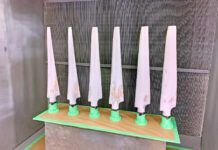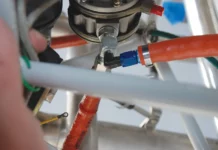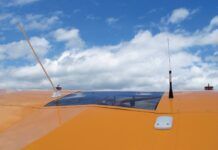This month’s Ask a Tech Q&A comes from the owner of a Lycoming O-235 engine who’s chasing oil leakage, plus the owner of an older Beech Bonanza is trying to figure out why some of the avionics in his panel shut down on hot days. First, IA Mike Berry has some thoughts on the leaking oil.
“After a thorough cleaning and subsequent ground-running of my Lycoming O-235, I found that the through-bolts and cylinder deck studs (short) are leaking. Troubleshooting requires running the engine at 1800 rpm or higher to initiate the leaks. After two or three minutes of running at 2000 rpm, oil can be seen at six of the studs. The number-two cylinder has a leak at the through-bolt in the two-o’clock position that runs down to the bottom of the case.”
“The leak is enough to start throwing oil around the engine cowling after only two hours of flight. This engine has 600 hours since overhaul on a rebuilt case. How do I fix this?”
One possibility is that the leaking studs are the through-studs, and that residual oil trapped under the hold-down nuts and cylinder base flanges is weeping from the short studs. Deck studs seldom leak oil unless the engine case is cracked.
The through-studs are screwed into one case half and extend into and through the other half when the engine is assembled. An O-ring seal is positioned in a recess at the case parting surface. It seems this seal is leaking on one or more of the studs.
Splitting the engine is the only right way to replace that seal. If only one or two seals are leaking, some mechanics recommend a field fix requiring the removal of the cylinder (in this case, your number-two cylinder) and installation of a small O-ring seal around the protruding stud beneath the cylinder flange. (Maybe only the O-ring under the cylinder barrel is leaking or it’s improper hold down torque.)
The O-ring is installed in such a way that it fills the area between the through-stud and the case, but does not interfere with the cylinder sitting flat on the deck. A slight bulge of the O-ring above the cylinder deck is fine but if the seal is caught between the cylinder flange and the deck, improper cylinder torque will be applied and over-stress the cylinder base.
This “fix” can slow the leakage of oil. It depends on how compromised the case-half seal is and on the amount of crankcase pressure developed in the engine in operation. If more than a couple of studs are affected and all the cylinders need to be removed, it’d be better to just split the engine and replace the offending parts. You can try to fix the worst leak first and then monitor the situation. One leak can look like many.
Last, the O-ring seal used most often is an MS-29513-6, but it depends on the size of the hole in the case. Some crankcases are slightly chamfered in this area and use a larger O-ring.
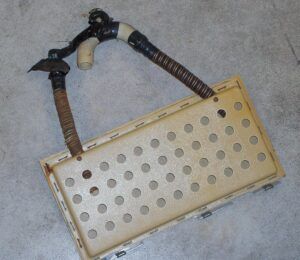
“The problem in my older Beech is twofold. First, my mechanic tells me there are visible signs of surface corrosion in the area around the radio stack.”
“Second, I’m battling a heat problem that has on occasion been so bad one of the older King digital navcomms shut down. The primary Garmin GNS 430 gets almost too hot to touch. My mechanic said the aircraft has the original cooling pack. Is there a mod or upgrade for cooling?”
An avionics cooling fan is definitely a better alternative than outside air, which captures ram air through a vent in the leading edge of a wing and pipes it through scat tubing and ultimately into a plastic cooling pack/air box. Once in the box, which is mounted to the side of the radio stack, the ram air is dissipated through small holes in the side of the assembly. In addition to getting in the way when techs need to work behind the panel, the ram air (now stationary) cooling pack is useless on the ground where heat buildup is the greatest. It’s no surprise your radios are taking a beating and likely exceeding the TSO thresholds for heat buildup. Small-component failures and excessive heat generally go hand-in-hand.
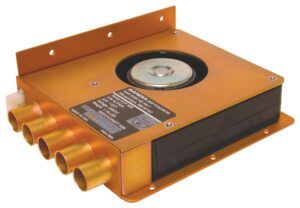
As for the surface corrosion, that ram air cooling pack might have struck again. When flying through heavy rain, the potential for introducing water, small bugs and other contaminants into the system is a major concern. I’ve seen plenty of radio backplates and chassis assemblies coated with corrosion and ugly green crust due to water ingestion. The fix? Put in a cooling fan with new Scat tubing. That’s a multi-port, FAA-PMA Sandia fan shown below. The $500 and install labor will be worth the investment and a good way to protect the Garmin GNS 430 display (extinct) from failing.
—Larry Anglisano

